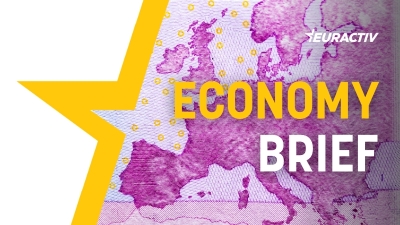Shift towards animal-testing free chemicals regulation is progressing

To move ahead on the path to replace animal tests for ensuring safety of chemicals, we need progress in science, better knowledge, and close collaboration between scientists, regulators, industry, and other stakeholders.
In ensuring chemical safety, a shift towards alternative test methods is already underway. Under the EU’s chemicals legislation, alternative methods are widely used, for example, to test whether chemicals irritate eyes or skin.
Where alternative methods to assess the chemicals’ hazards do not exist, animal tests may still be needed as a last resort. This is the case for more complex hazards, like carcinogenicity or reproductive toxicity.
Science is progressing
New Approach Methodologies (NAMs) are alternatives to traditional toxicity methods that typically involve animal testing. These alternatives are useful for predicting and assessing chemical risks and hazards, by providing mechanistic information for biologically complex endpoints. They include, for example, in vitro and in chemico methods and computational models, which may be used alone or in combination with other methods and have the potential to be quicker, cheaper and use less animals.
NAMs can play an important role in progressing with the replacement of animal tests in the current regulatory system if they address three critical needs:
- allow a conclusive outcome on the (lack of) hazard;
- be able to identify hazards based on new information, for example, at molecular/cellular level; and
- extrapolation of data would support setting safety levels to enable assessing the risks of chemicals.
International collaboration is needed
Additionally, when NAMs are developed, the new knowledge that is generated needs to be refined, trusted and validated on an international level, for example by the OECD. Only then will they become usable for regulatory purposes. We at the European Chemicals Agency (ECHA) are making consistent efforts to bridge this gap between science and regulation and we call all parties to join in this push.
At the EU level, one example of such collaboration is the European Partnership for Alternative Approaches to Animal Testing (EPAA). EPAA brings together the European Commission, EU Agencies, industry and stakeholders to pool their knowledge and resources to accelerate the development, validation and acceptance of alternative approaches. Another example, at international level, is the governmental collaboration for Accelerating the Pace of Chemical Risk Assessment (APCRA). APCRA joins governmental organisations from the EU, North America, Asia and Australia to progress the application of NAMs. ECHA plays an active role in these collaborations which are fundamental to move forward with the development, acceptance and implementation of non-animal tests methods.
To enable the development and validation of new test methods, data availability also plays a critical role. At ECHA, we contribute to this by facilitating the access to non-confidential data on chemicals for the development of predictive computational models and concordance analyses.
Eliminating animal testing while protecting health and the environment through our work for chemical safety is among ECHA’s strategic goals. By embracing science, knowledge and collaboration, we can move forward much faster toward an animal testing free regulatory regime.



